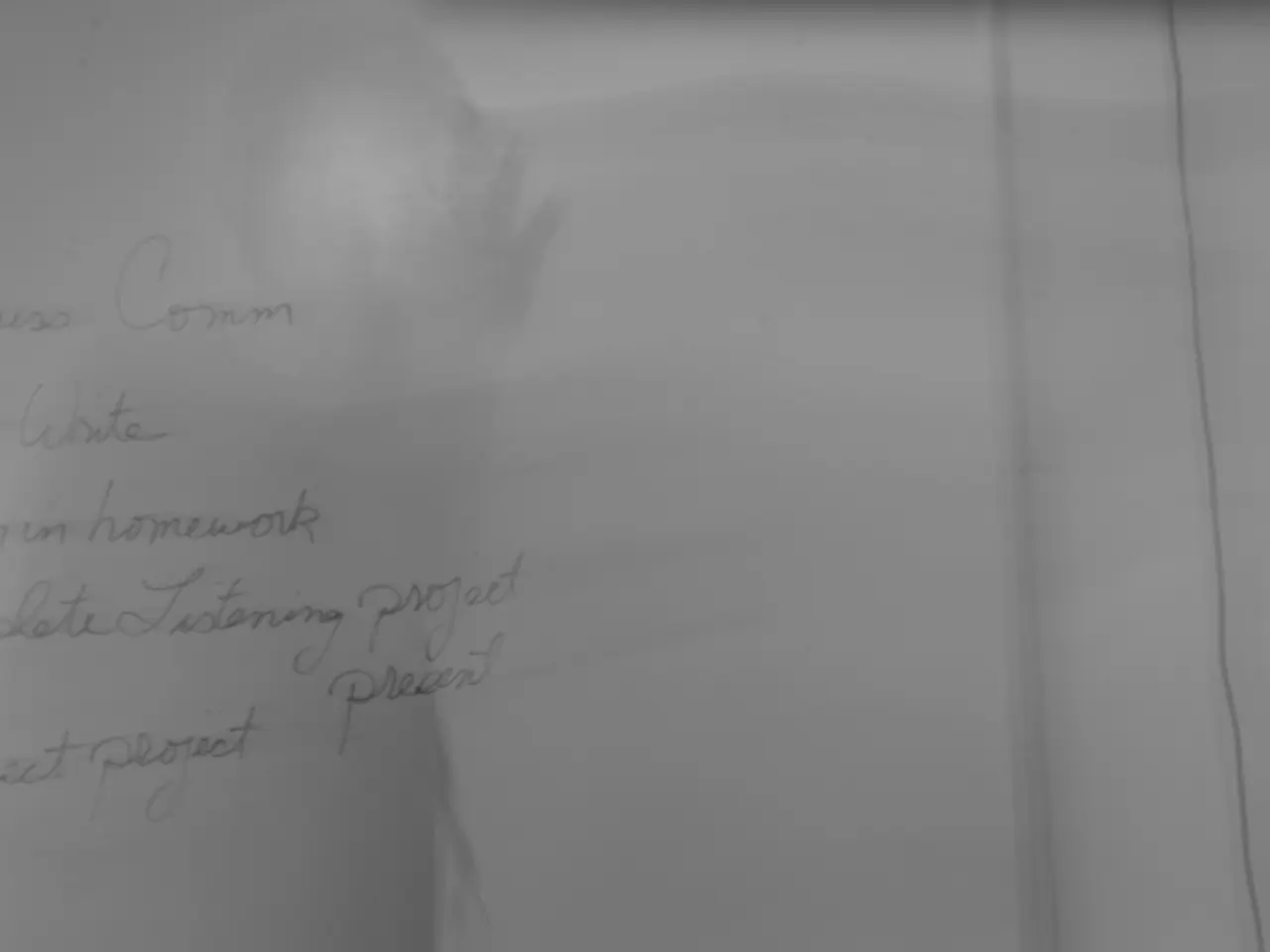Instructions on Composing Literature Reviews
In the realm of academic research, Scoping Reviews have emerged as a valuable tool for identifying research gaps and suggesting areas for future study. This method, based on a framework developed by Arksey and O'Malley in 2005 and refined by Levac, Colquhoun, and O'Brien in 2010, offers a more flexible approach compared to traditional systematic reviews.
Unlike systematic reviews, which aim to answer specific research questions, Scoping Reviews provide an overview of available research within a certain field or area. They are particularly valuable in areas where research is still developing or where a significant amount of disparate information needs to be integrated.
The process of conducting a Scoping Review follows a five-stage methodology:
- Identifying the research question(s): A clear and comprehensive research question is essential for Scoping Reviews. This question captures the existing literature rather than answering a specific question.
- Identifying relevant studies: A comprehensive search strategy is developed, often spanning multiple databases and sources, to capture a wide range of relevant literature without being overly restrictive.
- Study selection: Titles and abstracts of studies are screened to identify those that meet the inclusion criteria.
- Charting the data: A standardized data extraction form is used to collect information from the selected studies.
- Collating, summarizing, and reporting the results: The data is synthesized in a primarily descriptive manner, summarizing key results, identifying patterns, and presenting the main concepts and gaps in the literature.
Levac et al. (2010) refined the original framework by emphasizing clarifying and linking the purpose and research questions, using an iterative team approach to selecting studies, maintaining a transparent and rigorous data charting process, and incorporating a consultation phase with stakeholders to enhance validity and applicability.
Scoping Reviews are employed in various fields, particularly in health and social sciences. They are broader in their approach compared to systematic reviews, providing an overview of available research findings. They are ideal for exploring new or complex research areas where evidence is scarce or inconsistent. A diverse team of experts is often assembled to conduct a Scoping Review for improved depth and quality.
It's important to note that Scoping Reviews usually do not involve a rigorous quality assessment like systematic reviews. Instead, they focus on providing an overview of existing literature, regardless of the quality of individual studies.
For detailed guidance, researchers are encouraged to follow the JBI Manual for Evidence Synthesis or other recent methodological sources aligned with these frameworks. Scoping Reviews aim to identify key features, highlight gaps in current knowledge, and understand new insights on a new or poorly defined topic. They are a method used to map the existing literature in a specific field or area of research.
In the context of diverse fields such as health and social sciences, Scoping Reviews can be useful for determining the available software tools and resources in the domain of education-and-self-development, particularly within online-learning. These reviews help in identifying the current learning resources, highlighting knowledge gaps, and understanding new insights in the area of online-education.
A Scoping Review could be employed to explore the software tools and resources available in the field of education-and-self-development, providing an overview of the existing literature without requiring a rigorous quality assessment of individual studies.




